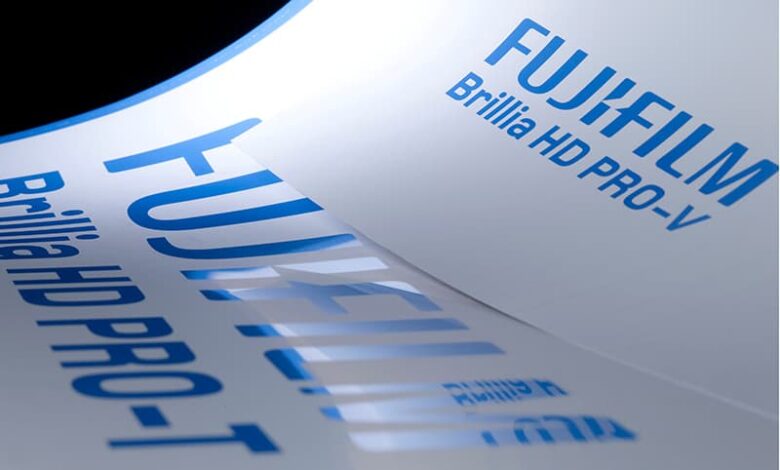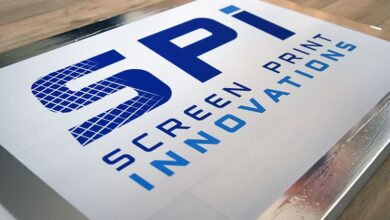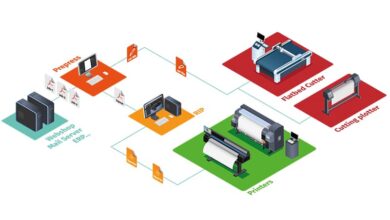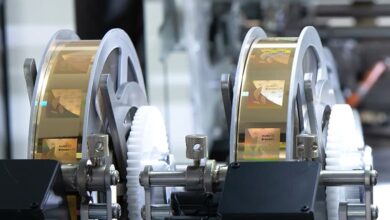Fujifilm Announces Double Digit Price Increase for its Plates

Fujifilm announces today that it will be implementing a double digit percentage increase in the price of its aluminium offset printing plates, effective from 1st June 2022.
Over recent months, Fujifilm has been managing an increase in the cost of raw aluminium, together with significant increases in the costs associated with its logistics supply chain, other raw materials and of course of energy.
Fujifilm has been working tirelessly to manage and absorb these costs, with many changes made to working practices to improve operational efficiency and minimise the impact of these rising costs on its customers. However, despite these efforts and additional surcharges that have been passed onto customers, the continued supply of aluminium offset printing plates is not viable without further increases.
Therefore, from 1st June 2022, Fujifilm will be implementing a double digit percentage increase in the base price of its aluminium offset printing plates. Whilst this is a significant increase, it is Fujifilm’s belief that in order to continue to supply aluminium printing plates as a sustainable business, there is no other choice but to take this option.
Taku Ueno, Senior Vice President at Fujifilm Graphic Systems EMEA, says: “Globally, we continue to see an unprecedented rises in costs, particularly for logistics, energy and raw materials. Despite absorbing a lot of these costs, we have no choice but to increase the base price of our aluminium printing plates in order to be able to operate a sustainable business. We understand that passing these price increases onto our customers presents them with difficult challenges, but the business is simply unsustainable without the increases. We will continue to work with and support our customers through this challenging period.”

.gif)



